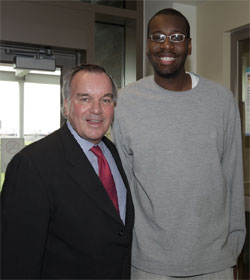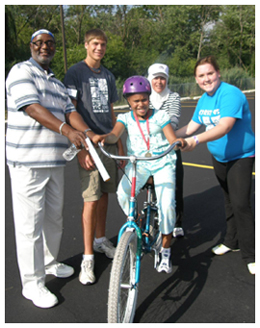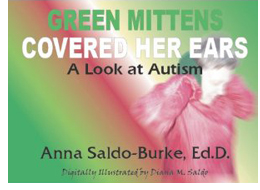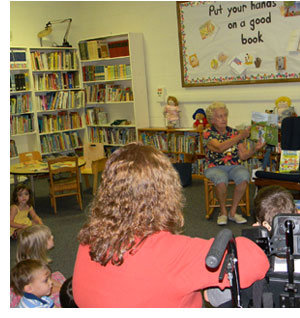Thank you, Mayor Daley!
 Here in Chicago, history is being made. Mayor Richard M. Daley has announced that he will not run for re-election next year.
Here in Chicago, history is being made. Mayor Richard M. Daley has announced that he will not run for re-election next year.
Some people may say that it’s finally time for Mayor Daley to hand over his throne. Others don’t want this legacy to end.
I, for one, respect his decision of stepping down from the mayor’s seat as Chicago aims to move in a different direction ahead. For those who knew Mayor Daley best, he is Chicago. He’s a huge White Sox fan, he played a major role in attempting to get the Olympics to come to Chicago, he helped build Millennium Park, expanded O’Hare International Airport … the list goes on. With all that, though, nothing compares to the huge heart he has for Easter Seals.
You might remember a previous post I wrote about meeting Mayor Daley. I was fortunate enough to meet this famous Chicago mayor on several occasions. On most occasions, it was related to Easter Seals. The Mayor was a big supporter of Easter Seals Metropolitan Chicago. He was one of the main figures to take part in building the Easter Seals Therapeutic School and Center for Autism Research and was more than willing to donate some of the land of the Illinois Medical District where the state-of-the-art therapeutic school stands today.
I’m grateful to the Mayor doing his part to build a greater future for many children with autism as well as other individuals living with disabilities. Without Mayor Daley, there might not have been a “new” Easter Seals. Thank you, Mayor Daley for serving 21 wonderful years in Chicago.









 I am pleased to welcome Julie Smrha, Marketing Coordinator at Easter Seals Capper Foundation, as a guest blogger today. I have visited the Kidlink program in Topeka myself and know firsthand how delightful those preschool children are!
I am pleased to welcome Julie Smrha, Marketing Coordinator at Easter Seals Capper Foundation, as a guest blogger today. I have visited the Kidlink program in Topeka myself and know firsthand how delightful those preschool children are! Last week
Last week